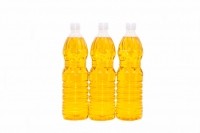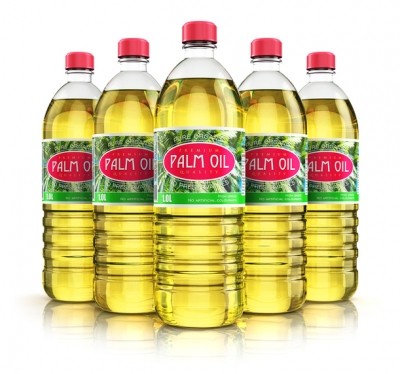EFSA highlights high levels of suspected carcinogen in baby formula

The Panel concluded that glycidyl fatty acid esters (GE) was a potential health concern for all younger age groups with average exposures, and for consumers with high exposure in all age groups.
GE, along with 3-monochloropropanediol (3-MCPD), 2-monochloropropanediol (2-MCPD) and their fatty acid esters, are mainly found in palm oils and palm fats.
“The exposure to GE of babies consuming solely infant formula is a particular concern as this is up to ten times what would be considered of low concern for public health,” said Dr Helle Knutsen, chair of EFSA's panel on contaminants in the food chain (CONTAM).
“We have set a tolerable daily intake (TDI) of 0.8 micrograms per kilogram of body weight per day (µg/kg bw/day) for 3-MCPD and its fatty acid esters based on evidence linking this substance to organ damage in animal tests,” explained Knutsen.
She added that, “the toxicological information is too limited, however, to set a safe level for 2-MCPD”.
In its scientific opinion, EFSA said estimated exposure substantially exceeding the group TDI for 3-MCPD was of concern. This was seen especially in younger age groups.
“There is sufficient evidence that glycidol (the parent compound of GE) is genotoxic and carcinogenic, therefore the CONTAM Panel did not set a safe level for GE,” said Knutsen.
However, it did acknowledge there was a high uncertainty in reference points used in calculating the margin of exposure (MoE) for glycidol.
When assessing genotoxic and carcinogenic substances unintentionally present in the food chain, EFSA calculates a ‘margin of exposure’ for consumers.
In general, the higher the margin of exposure is at the lower level of concern for consumers. A MoE lower than 25,000 indicates a health concern.
For infants, toddlers and other children, the MoE estimated for the mean exposure ranged from 34,000 to 11,300. However, the MoE for high (P95) exposure ranged from 12,800 to 4,900.
For adolescents and adults, elderly and very elderly age groups, the MoE for the mean exposure ranged from 102,000 to 20,400. At high (P95) exposure the range was from 51,000 to 9,300.
“The MoE estimates corresponding to the P95 of exposure for ‘Infants’ were particularly low due to the contribution of glycidyl esters from infant formulae,” the report stated.
“The scenarios calculated for ‘Infants’ receiving only formula diet resulted in a MoE of about 5,400 for the mean occurrence and 2,100 for the P95 of occurrence.”
In its conclusions, EFSA made several recommendations for further research to fill data gaps on the toxicity of these substances, particularly 2-MCPD, and on consumer exposure to them through food risk assessment.
“Now the European Commission and Member States who regulate EU food safety will use EFSA’s scientific advice to consider how to manage the potential risks for consumers from exposure to these substances in food,” EFSA said.
Dutch report
The findings come off the back of a report that identified 3-MCPD and 2-MCPD as contaminants formed during the production of refined vegetable oils and fat that may be harmful to the kidneys.
Levels were “especially high” in palm oil according to the Dutch National Institute for Public Health and the Environment (RIVM).
Its report, published earlier this month, calculated exposure levels to 3-MCPD among the Dutch population using consumption data from an online national database and estimated dietary intake.
It found young children are most at risk of exceeding guidance levels, with seven-year-olds having the highest intake per kilo body weight – 35% went over the TDI.
Exposure decreases with age, however, and from the age 17 and over, less than 5% of the population are over the guidance limits.
Industry action

According to EFSA, levels of GE in palm oils and fats have halved between 2010 and 2015, due to voluntary measures taken by producers. This has contributed to a fall in consumer exposure to these substances.
Palm oil is also a major contributor of 3-MCPD and 2-MCPD exposure for most individuals. Levels of 3-MCPD and its fatty acid esters in vegetable oils have remained largely unchanged over the last five years.



![Carcinogens in refined vegetable oil: 'It is surprising that the findings reported in the [EFSA] opinion have evaded scrutiny by the popular press,' says food safety specialist, Stefan Fabiansson. © iStock](/var/wrbm_gb_food_pharma/storage/images/_aliases/wrbm_medium/publications/food-beverage-nutrition/foodnavigator.com/article/2016/05/19/why-are-carcinogens-in-the-food-chain-evading-scrutiny/2829611-2-eng-GB/Why-are-carcinogens-in-the-food-chain-evading-scrutiny.jpg)




























